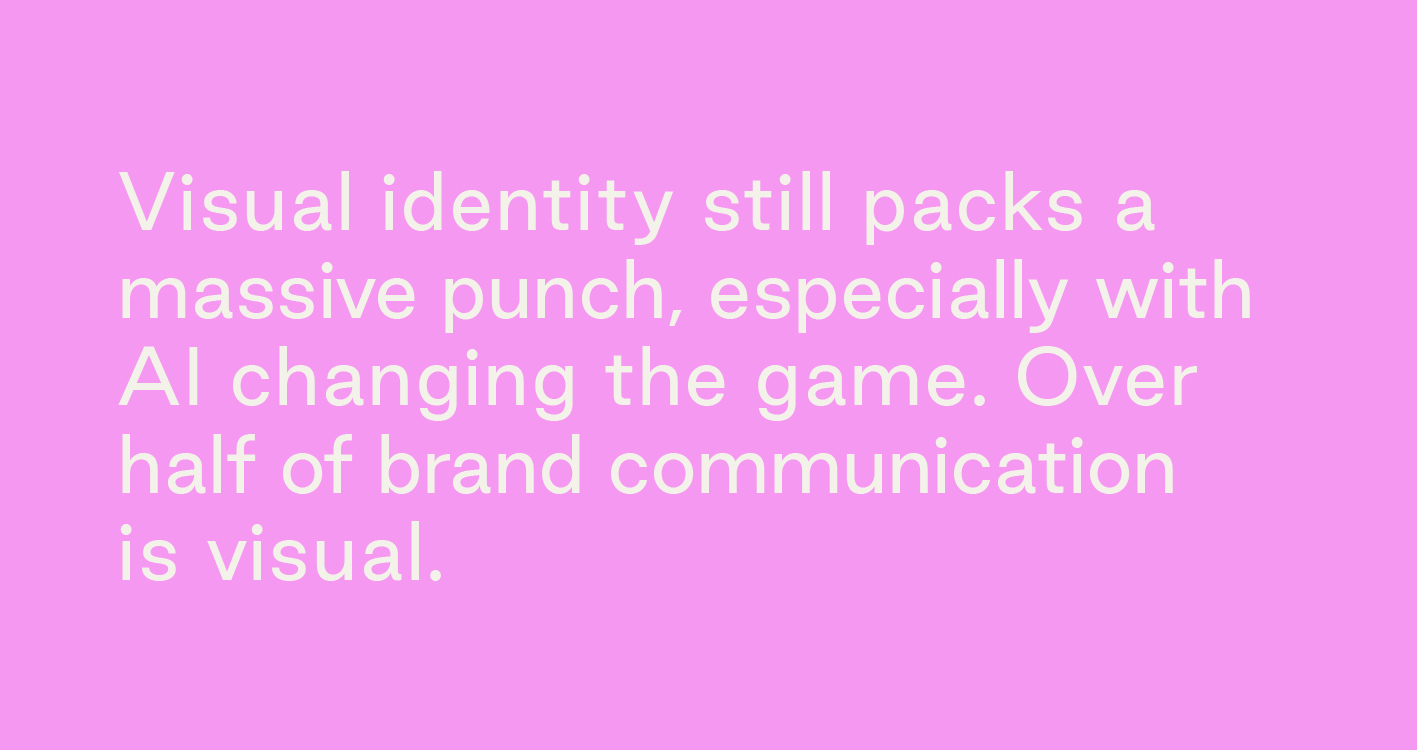People decide how they feel about your brand in a split second and just as quickly, they move on.
It’s not just about what you’re selling. It’s the vibe, the tone, the little impression that sticks after someone scrolls past, clicks away or walks out the door. If that feeling doesn’t land, you’re out of the conversation before it even started.
Brand perception isn’t built in a single moment. It’s the sum of every brand touchpoint: your words, your design, your values, your timing. It’s what people feel, not just what they see.
Here’s the catch: no matter how polished your brand is, you don’t fully control how people see it. Your audience does. But you can absolutely shape it by how you show up, how consistent you are and how well your message and experience align especially as what people expect keeps changing.
Even the biggest brands need to check in with themselves. What felt fresh and exciting a year ago might feel tired or fall flat now. That’s the tricky thing about perception, it’s always shifting.
So ask yourself:
Is your brand evolving with it, or are you just hitting repeat on the same old lines? Are you really connecting, or just talking at people?
One of the fastest ways to lose trust? Mixed messages. If your tone, visuals or values shift depending on where someone finds you, they notice and it chips away at confidence. Trust starts with consistency. When everything from your socials to your website to your customer support sounds like it’s coming from the same place, with the same intention, you’re not just building recognition, you’re building reliability. And that’s what actually sticks.
Visual identity still packs a massive punch, especially with AI changing the game.
Over half of brand communication is visual. Your logo, colour palette, typography, layout—they’re all doing serious work. If these don’t sync up with who you are or what you’re saying, there’s a disconnect that quietly weakens your brands impact. But when your voice and visuals speak the same language, your brand feels sharper, stronger and actually sticks in people’s minds.
With AI popping up everywhere, it’s easy for things to look fresh but come with that weird “haven’t I seen this before?” feeling. And you probably have.
AI pulls from the past and what’s already out there and then tweaks it just enough to feel new. And anything you put into AI tools can quickly become part of a giant pool of recycled ideas open for anyone to use. So sure, AI is a handy helper but relying on it too much risks watering down the real, unique spark that connects with your audience and the part they actually feel, not just see.
Generative AI is great at remixing what it knows to create stuff but it’s limited to its existing data and patterns. This sparks the BIG debate: Can machines ever truly go beyond what is already out there and create something genuinely new and how can you own it as yours before it is found, tweaked and then given to someone else?
AI raises big IP concerns regarding ownership and protection
So, is your brand really as strong as you think? Know what to measure.
If you want to improve, you’ve got to measure the right things. Here are a just a couple of key metrics that help you understand how your brand is doing to spot the weak spots:
- Brand Familiarity: Are people recognising and remembering you?
- Brand Sentiment: How do they feel about you?
- Customer Experience: Are they satisfied with their interactions?
- Marketing Performance: Are your campaigns actually landing?
At the end of the day, don’t just aim to be seen. Aim to be relevant. Being familiar is fine (it’s a start) but it’s not enough long term. The market moves, your audience changes and your brand needs to move with it – not by chasing every new trend but by making sure your message, your experience and your visual presence truly reflect who you are right now not who you were five years ago.
So be intentional. Be clear. Be consistent.
When you get that right, you don’t just get noticed, you build trust. And trust? That’s where the real magic happens.



